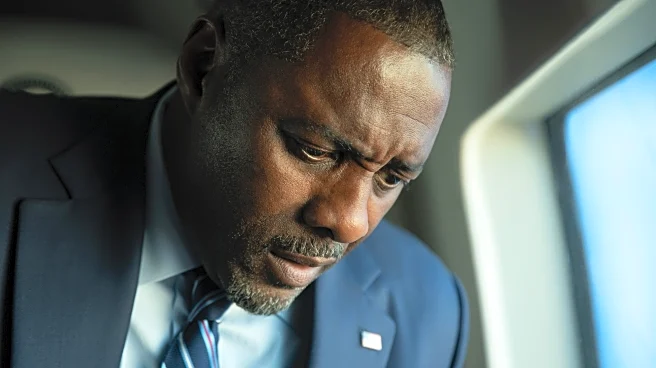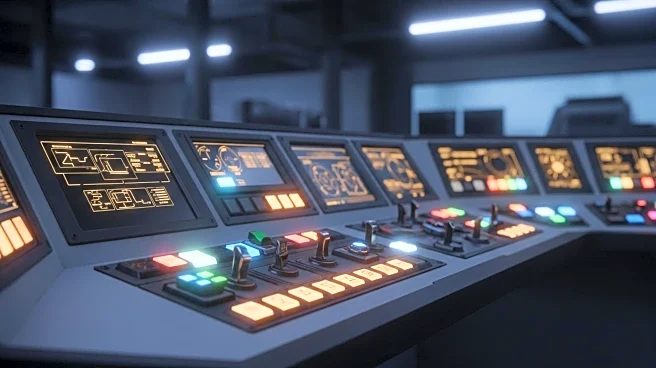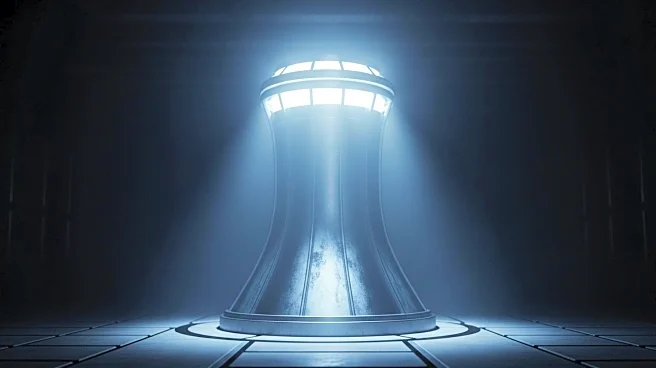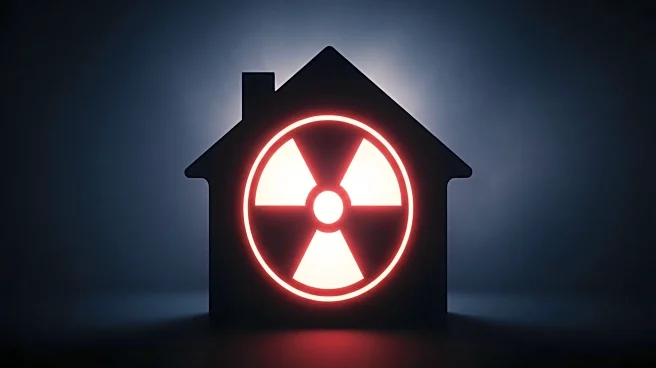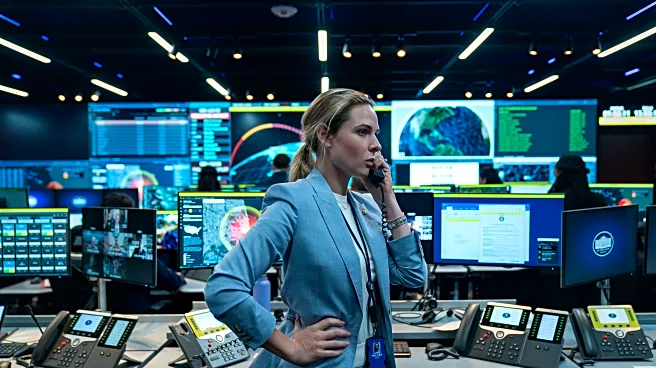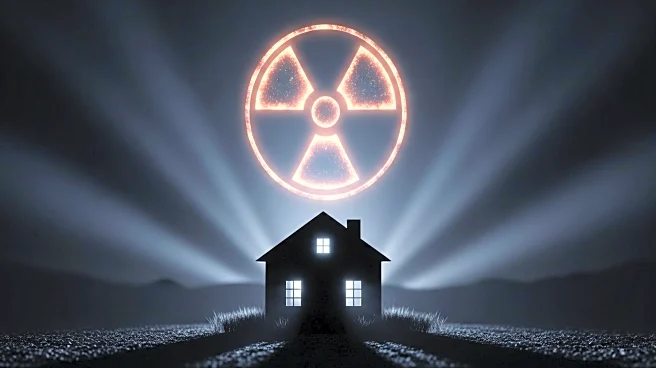What is the story about?
What's Happening?
Kathryn Bigelow's latest film, 'A House of Dynamite,' delves into the critical 18 minutes that U.S. leaders would have to decide the fate of civilization in the event of a nuclear strike. The film, set to release in theaters and on Netflix, provides a detailed look inside the White House Situation Room and U.S. Strategic Command during such a crisis. Bigelow, known for her works on military and geopolitical themes, collaborates with Noah Oppenheim to portray the complex decision-making process involving various military and government officials. The film aims to humanize the abstract and terrifying scenario by depicting the personal lives and challenges of those involved in the decision-making process.
Why It's Important?
The film highlights the ongoing threat of nuclear weapons, a concern that has persisted since the Cold War era. By focusing on the decision-making process during a nuclear crisis, 'A House of Dynamite' underscores the importance of non-proliferation and the need for public awareness about nuclear threats. The film serves as a reminder of the potential consequences of nuclear warfare and the critical role of U.S. leaders in preventing such a catastrophe. It also raises questions about the preparedness of those in power to handle such high-stakes situations, emphasizing the need for informed and strategic decision-making.
What's Next?
The release of 'A House of Dynamite' may spark discussions on nuclear policy and the importance of non-proliferation efforts. It could lead to increased public interest and pressure on policymakers to address nuclear threats more proactively. The film's portrayal of the decision-making process may also influence how future leaders prepare for and respond to potential nuclear crises. As the film reaches audiences, it may encourage dialogue on the ethical and strategic considerations involved in nuclear decision-making.
Beyond the Headlines
Beyond its immediate impact, 'A House of Dynamite' could contribute to a broader cultural shift in how nuclear threats are perceived and discussed. By humanizing the individuals involved in the decision-making process, the film challenges viewers to consider the personal and ethical dimensions of nuclear warfare. It may also inspire other filmmakers to explore similar themes, further raising awareness and understanding of the complexities surrounding nuclear weapons and global security.
AI Generated Content
Do you find this article useful?


